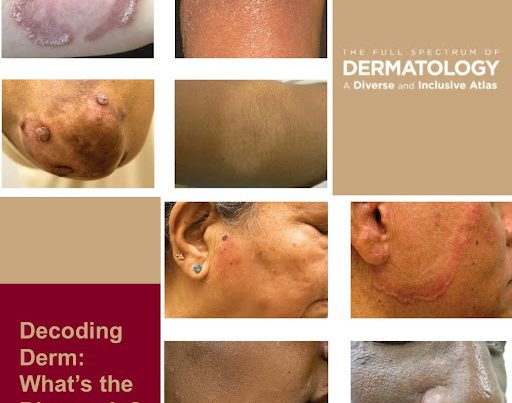Featured Article

While men are more likely than women to develop skin cancer, a recent survey indicates most do not use sunscreen on a daily basis.
While men are more likely than women to develop skin cancer, a recent survey indicates most do not use sunscreen on a daily basis.
The survey results, reported in “Men’s Attitudes and Behaviors About Skincare and Sunscreen Use” and published in the January 2021 issue of Journal of Drugs in Dermatology, demonstrated varying influences in a man’s decision to use sunscreen and in his selection of skincare products.
“The results suggest that men are more likely to use sunscreen when the messaging focuses on the risks of skin cancer and when the product characteristics are catered to their skin types,” according to the researchers who are from the University of North Carolina at Chapel Hill.
The researchers conducted a cross-sectional online survey to examine men’s behaviors and motivations for regular sunscreen use as well as product characteristic preferences that might impact regular use. The 705 participants were recruited through Amazon Mechanical Turk (MTurk), a commonly used online data collection and research marketplace. Demographically, 69% of participants reported they were white, 17% reported they were Black and 16% Hispanic. More than three quarters (78%) reported they were straight or heterosexual, and 22% reported they were gay, lesbian or bisexual. About two thirds (69%) possessed a bachelor’s degree or higher, 20% reported they earned between $40,000 -$49,999 per year and 22% reported earning more than $100,000 per year. More than half (59%) earned between $50,000 and $100,000 per year.
While most of the men (83%) reported they did not use daily sunscreen, and only about one third reported using sunscreen weekly, researchers found that income and ethnicity were both associated with sunscreen use. Men who earned more than $100,000 per year were more likely to use sunscreen regularly than those who earned between $40,000-$50,000 per year. In addition, men who reported they were white or other were more likely to use sunscreen at least weekly than those who reported they were Black or African American. And men who reported they were Hispanic or Latino were less likely than other ethnicities to use sunscreen at least weekly.
Most of the men (82%) reported that skin cancer risk would be the motivation to consider regular sunscreen use, while less than half said their motivation would be to look younger. The most important characteristics in a sunscreen product included that it was moisturizing and non-irritating. The primary deterrent to using a product was that it was too oily. However, men who reported they were Black or African American were less likely to report “too oily” as a deterrent and more likely to be deterred by a strong scent. Men who reported they were Hispanic or Latino were less likely than others to be more deterred by a lotion that was too thick or had a “strong scent. Men who reported they were straight were more likely to be deterred by an irritating lotion than men who reported they were gay or bisexual. These men were more likely to be deterred by thickness and strong scent.
The authors report that physicians can play a key role in educating their male patients about sunscreen use through emphasizing the simplicity of its role in a daily skincare routine. Physicians can also take insight from this survey to make recommendations in line with their patients’ socioeconomic status and skin type.
Heather Onorati is an experienced medical writer and editor with more than 20 years covering the dermatology industry
Get More from the JDD
Get the latest news delivered straight to your Inbox – sign up for the JDD Newsletter.
Discover the latest research, exclusive articles from leading dermatology experts, popular Podcast episodes, free CME activities, and more!
You May Also Like










